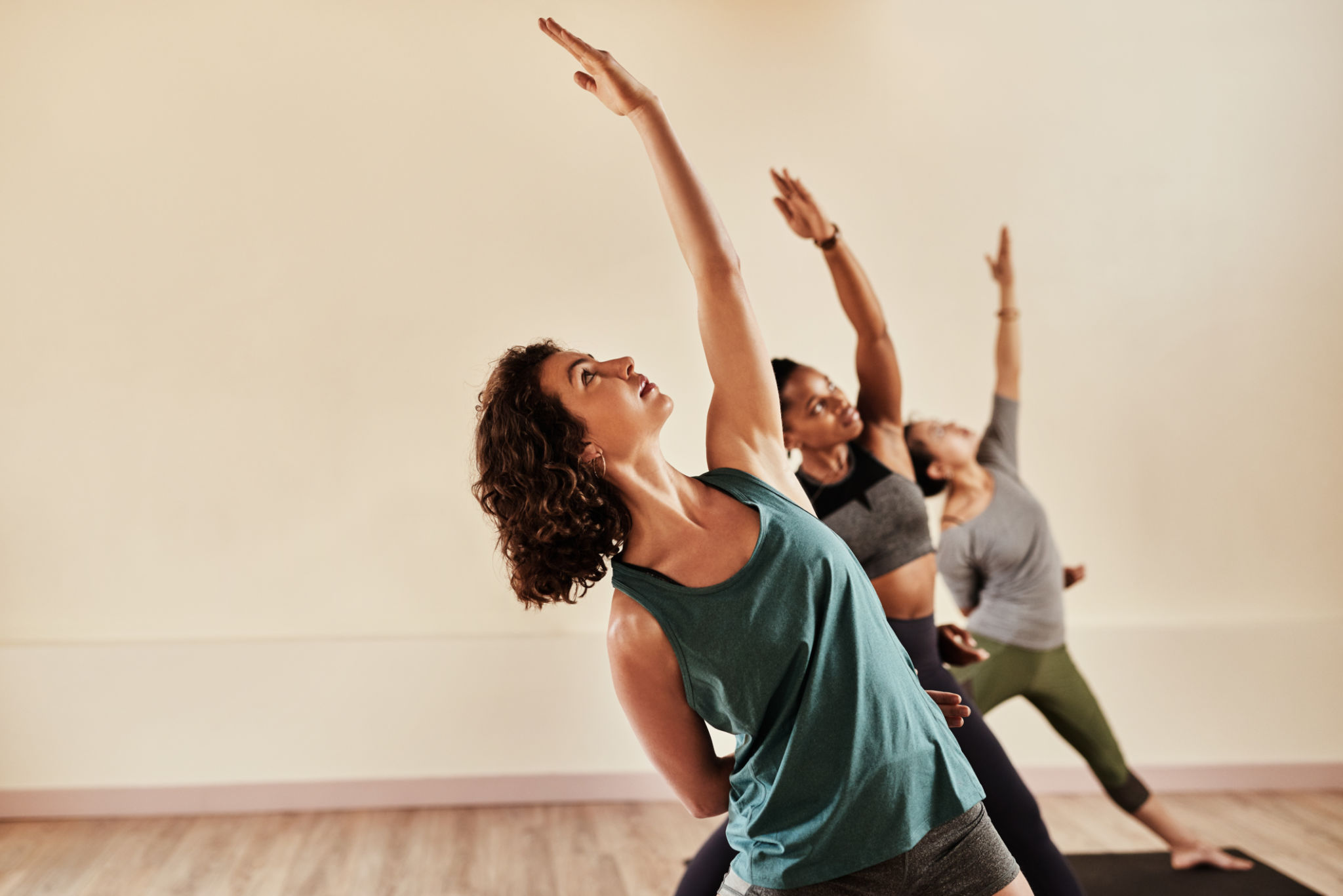The Healing Power of Reiki: A Comprehensive Guide for Beginners
Understanding Reiki
Reiki is a form of alternative therapy that originated in Japan in the early 20th century. It involves the transfer of universal energy from the practitioner's palms to the patient. This energy is believed to promote healing and well-being by balancing the body's energy fields.

How Does Reiki Work?
Reiki practitioners use their hands to deliver energy to the body, improving the flow and balance of energy to support healing. The process is said to reduce stress, promote relaxation, and enhance the body's natural healing processes. While the exact mechanisms are not fully understood, many find it to be a profoundly relaxing experience.
Benefits of Reiki
Reiki offers a variety of benefits, including:
- Stress Reduction: Reiki promotes a deep sense of relaxation, helping to alleviate stress.
- Pain Relief: Many individuals report reduced pain and discomfort after Reiki sessions.
- Emotional Healing: Reiki can help release emotional blockages, promoting mental clarity and peace.

What to Expect During a Reiki Session
During a Reiki session, you will typically lie down fully clothed while the practitioner places their hands lightly on or just above your body. Sessions usually last between 60 to 90 minutes. You may feel sensations such as warmth or tingling, or you may simply feel deeply relaxed.
Reiki for Beginners: Getting Started
If you're new to Reiki, here are a few steps to get started:
- Find a Qualified Practitioner: Look for someone with professional training and good reviews.
- Set Your Intentions: Before the session, consider what you hope to achieve through Reiki.
- Stay Open: Approach the session with an open mind and be receptive to the experience.

Learning Reiki
Many people choose not only to receive Reiki but also to learn how to practice it themselves. Reiki training is typically divided into three levels, each offering deeper insight and ability. The training involves attunements, which are said to open the energetic pathways in the body.
Reiki Level 1
This level focuses on self-healing and helping others. You'll learn the basics of Reiki, including hand positions and the history of the practice.
Reiki Level 2
At this stage, students learn to use symbols to enhance the power of Reiki and to send healing energy over distances.
Reiki Level 3
This is the master level, where you learn advanced techniques and how to teach Reiki to others. It involves a deeper commitment to the practice.

Conclusion
Reiki is a gentle, non-invasive healing technique that can benefit anyone seeking to improve their physical, emotional, or spiritual well-being. Whether you're looking for a way to reduce stress or a new skill to enhance your personal growth, Reiki offers a pathway to deeper understanding and healing.
